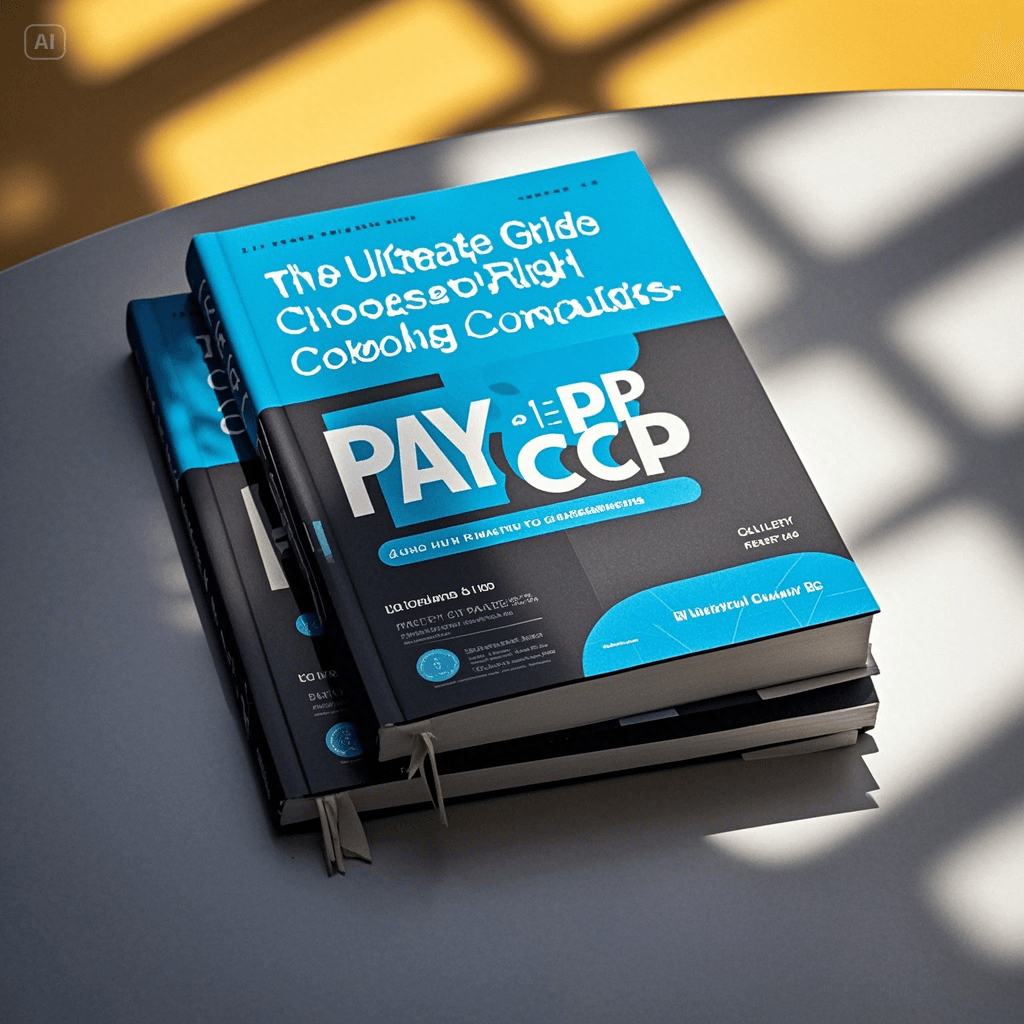In today’s competitive digital landscape, businesses are always seeking effective ways to increase their online presence and drive targeted traffic. One of the most popular and efficient strategies for this is pay-per-click (PPC) advertising. Pay per click companies specialize in managing PPC campaigns, helping businesses reach potential customers quickly and cost-effectively. But how can you determine the best PPC company for your needs? In this guide, we’ll explore the essentials of PPC, why businesses rely on PPC companies, and the key factors to consider when selecting a PPC partner.
What Are Pay Per Click Companies?
Pay per click companies are specialized digital marketing agencies that manage PPC advertising campaigns on platforms like Google Ads, Bing Ads, Facebook, and LinkedIn. Their primary goal is to create highly targeted ads that appear at the top of search engine results or social media feeds, driving relevant traffic to a business’s website. With their expertise, PPC companies handle everything from keyword research and ad design to bid management and performance optimization.
Why Businesses Need Pay Per Click Companies
Many businesses find PPC advertising effective, but managing a PPC campaign requires a deep understanding of digital advertising strategies, keyword research, and bidding mechanisms. Partnering with an experienced PPC company offers several benefits:
- Expert Knowledge and Skill: PPC companies have teams of professionals who specialize in optimizing campaigns to achieve high returns on investment (ROI). Their expertise allows them to create tailored campaigns that meet specific business goals, whether that’s brand awareness, lead generation, or direct sales.
- Cost Efficiency: While running a PPC campaign on your own can be overwhelming and expensive, pay per click companies use advanced tools and techniques to manage budgets effectively. By continuously adjusting bids and targeting, they ensure your budget is spent wisely on keywords that convert.
- Time Savings: Managing PPC campaigns requires constant monitoring and adjustments. By outsourcing this task to a PPC company, businesses can focus on their core operations while experts handle the daily details of the ad campaigns.
- Data-Driven Insights: PPC companies provide detailed analytics and reports, offering insights into campaign performance, audience behavior, and conversion rates. This data helps businesses make informed decisions for future campaigns.
Key Services Provided by Pay Per Click Companies
A professional PPC company typically offers a range of services to maximize campaign success, including:
- Keyword Research and Selection: Identifying high-value keywords is crucial for any PPC campaign. PPC companies conduct thorough research to determine the most relevant keywords, ensuring your ads reach the right audience.
- Ad Creation and Design: Crafting compelling ad copy and visuals is essential for attracting clicks. Pay per click companies focus on creating engaging ads that appeal to target audiences and encourage them to take action.
- Bid Management: Effective bid management ensures you’re getting the best position for your ads without overspending. PPC companies adjust bids based on keyword performance, competition, and budget constraints.
- Performance Tracking and Reporting: Tracking ad performance is critical for optimizing campaigns. PPC companies use advanced analytics to monitor clicks, conversions, and costs, regularly reporting insights to clients.
Choosing the Right Pay Per Click Company for Your Business
With so many pay per click companies available, choosing the right one for your business can be challenging. Here are some factors to consider when selecting a PPC partner:
- Experience and Reputation: Look for companies with a proven track record and positive client testimonials. An experienced PPC company understands the nuances of various industries and knows how to create effective campaigns tailored to different business goals.
- Transparency and Communication: Choose a PPC company that values transparency and keeps you informed of campaign progress. Open communication allows you to stay updated on performance metrics, ad spend, and results.
- Customized Strategies: The best PPC companies recognize that every business has unique goals. Ensure your PPC company is willing to develop a customized strategy aligned with your objectives, rather than relying on a one-size-fits-all approach.
- Pricing and ROI: PPC services come at different price points, so it’s essential to find a company that fits your budget while providing a strong return on investment. Discuss pricing options upfront and ask about projected results to gauge if the service is cost-effective.
- Continual Optimization: PPC advertising is not a “set it and forget it” strategy. Make sure the company you choose is committed to ongoing optimization, refining ads and keywords to maximize performance over time.
Conclusion: Making the Most of Pay Per Click Companies
Pay per click companies offer valuable services that can take your digital marketing to the next level. By managing ad campaigns with precision, expertise, and data-driven insights, they help businesses generate targeted traffic, increase conversions, and achieve meaningful results. Whether you’re a small business just starting with PPC or a large company looking to scale your advertising efforts, partnering with a reliable PPC company can make all the difference. Take the time to evaluate your options and choose a PPC partner that aligns with your goals, budget, and vision for growth.
